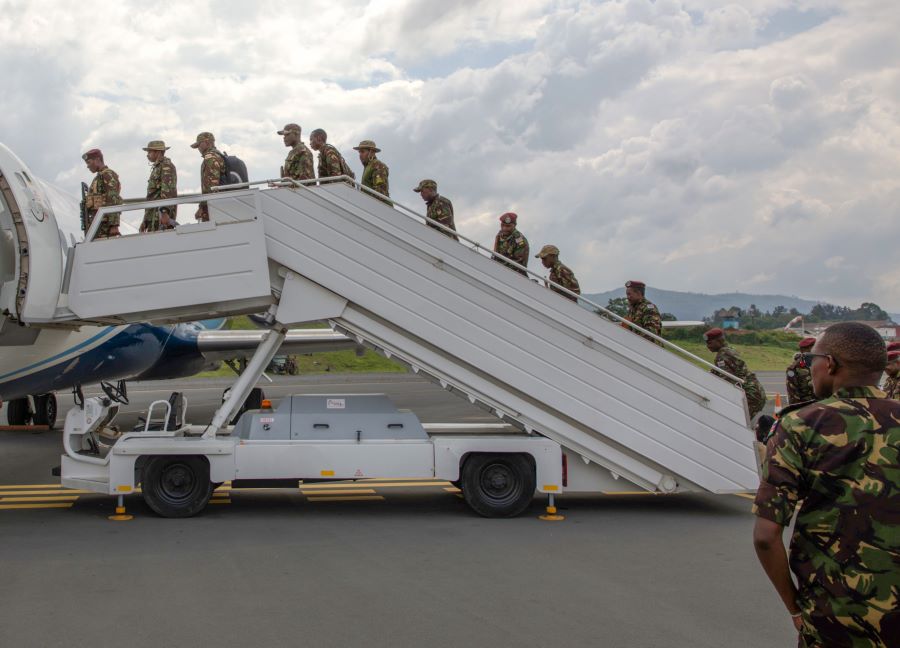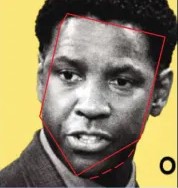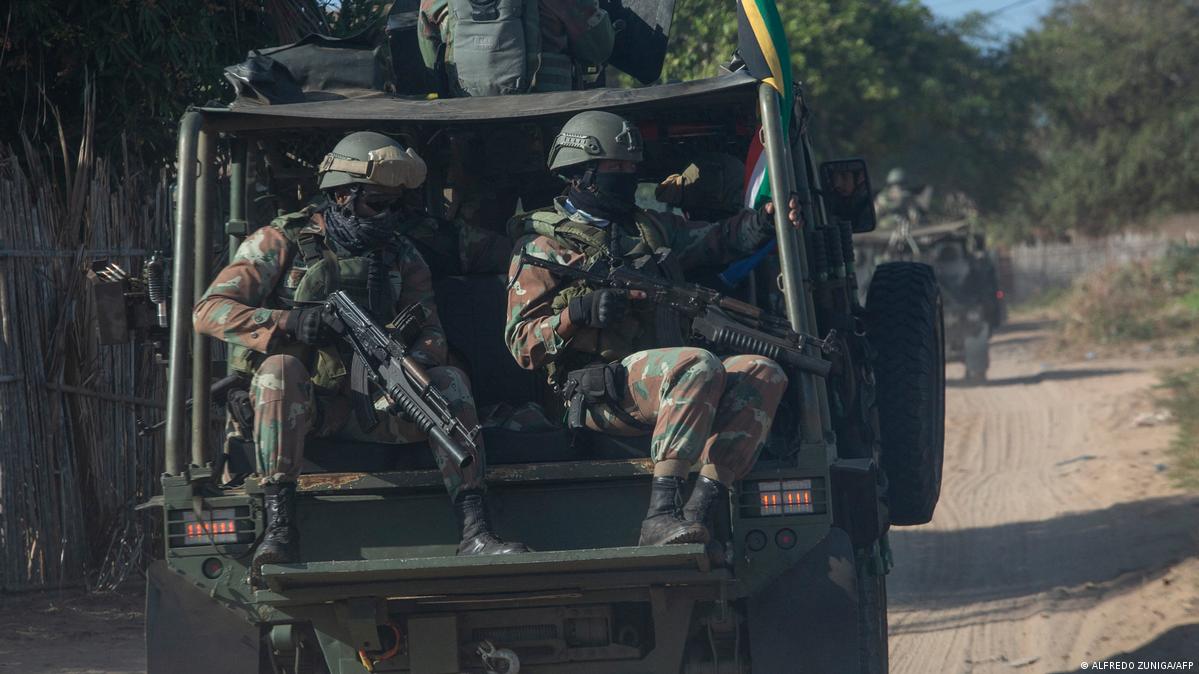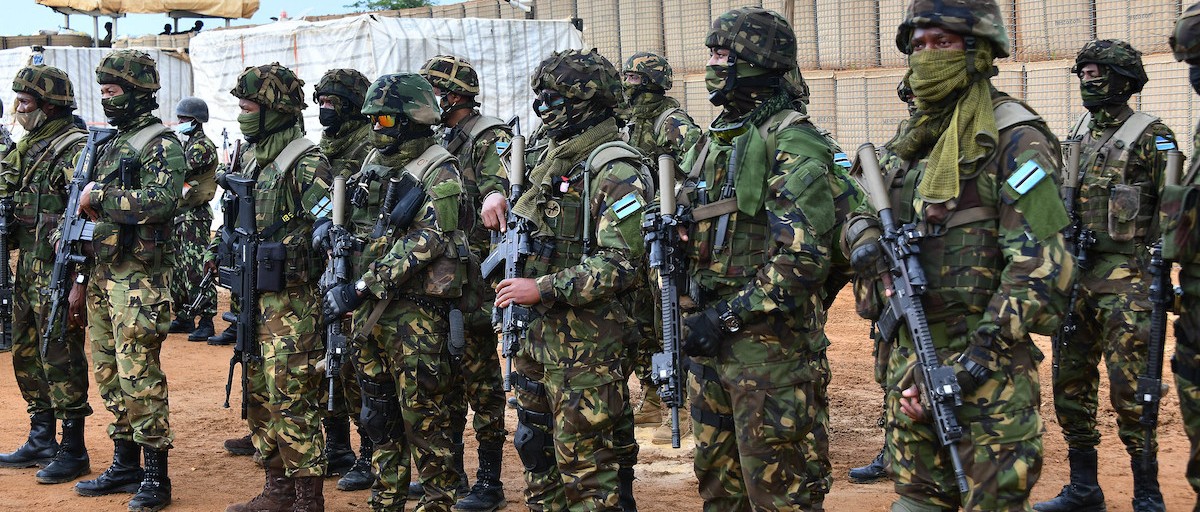Regional
A look at eastern DRC, five months after EACRF's withdrawal

In December 2023, the
government of the Democratic Republic of Congo (DRC) expelled the East African
Community Regional Force (EACRF) citing its alleged inability to defeat the M23
rebels. Despite the force's departure, the situation in the east of the country
remains precarious.
Congolese President Felix
Tshisekedi chased away EACRF for its refusal to fight M23 rebels. He held the
conviction that military intervention was the suitable solution to the crisis
in eastern DRC.
Subsequently, EACRF was
succeeded by the Southern African Development Community (SADC) mission,
SAMIDRC, in December 2023.
But how is the situation in
eastern DRC, five months after EACRF withdrew?
Since the beginning of 2024,
an additional 738,000 people were displaced in eastern DRC, bringing the total
number to around 7.2 million. Women are 51 percent of the displaced population.
More than 80 percent of displacements are due to armed attacks and clashes.
On February 10, during an
attack by SAMIDRC on M23 positions in Mweso, six soldiers from the South
African Defence Forces (SADF) were killed, while Burundi and DRC lost 17 and
72, respectively.
On April 8, SAMIDRC confirmed
the death of three of its soldiers and three others got injured, all from
Tanzania.
The rising death toll raises
doubts about the effectiveness of SAMIDRC.
On April 30, Rubaya, a
strategic town in eastern DRC was seized by M23 rebels, according to media
reports. Rebel spokesperson Lt Col Willy Ngoma said Rubaya fell into the hands
of rebel fighters following clashes with government troops.
“We never started the
hostilities. The government coalition came to attack our positions. And we had
to repulse them; we had to stop the genocide, especially in the town of Rubaya.
We are not concerned by the minerals there. All we care about is stopping the
genocide; protecting people! That is what gives us great joy! For us, our fight
is for saving people’s lives and not minerals,” Ngoma told journalists.
The arrest and detention of
two members of Kenya’s national carrier Kenya Airways (KQ) in the DRC on April
19 over alleged missing customs documents of a cargo that was to be transported
by the airline, raised questions even though were, later, freed.
According to sources,
Kinshasa's actions were retaliatory towards Nairobi. Last year, Nairobi faced a
diplomatic feud as the Congolese government blamed Kenya for supporting the
creation of the Alliance Fleuve Congo (AFC), a politico-military opposition group
formed by Congolese figure Corneille Nangaa in Nairobi on December 15. The
exiled politician aligned with the M23 rebels in a political-military alliance,
and other armed groups to "save the country." Kinshasa reacted
strongly, recalling its ambassador to Nairobi and summoning the Kenyan envoy in
Kinshasa in protest of the coalition's formation.
Nairobi quickly disassociated
itself from any “utterances or activities likely to injure the peace and
security of the DRC.”
Soon after EACRF was deployed
in November 2022, eastern DRC saw a period of relative calm. Regional leaders
praised the force for overseeing a ceasefire and the withdrawal of armed groups
for over eight months, restoring some peace and security to the area. But after
the withdrawal of EACRF, M23 quickly retook areas it formerly held such as
Karuba, Mushaki, Kiloriwe, Mweso, Kishishe, Bambo, Bunagana, Tchengerero,
Kiwanja and Kinyandoni.
Since EACRF's departure, there
has been no peace as SAMIDRC aims to resolve conflicts militarily, unlike in
EACRF's approach. Despite regional leaders' advice for a political solution,
the Congolese president opted for a military approach with SADC. This latter
approach is worsening the situation.








